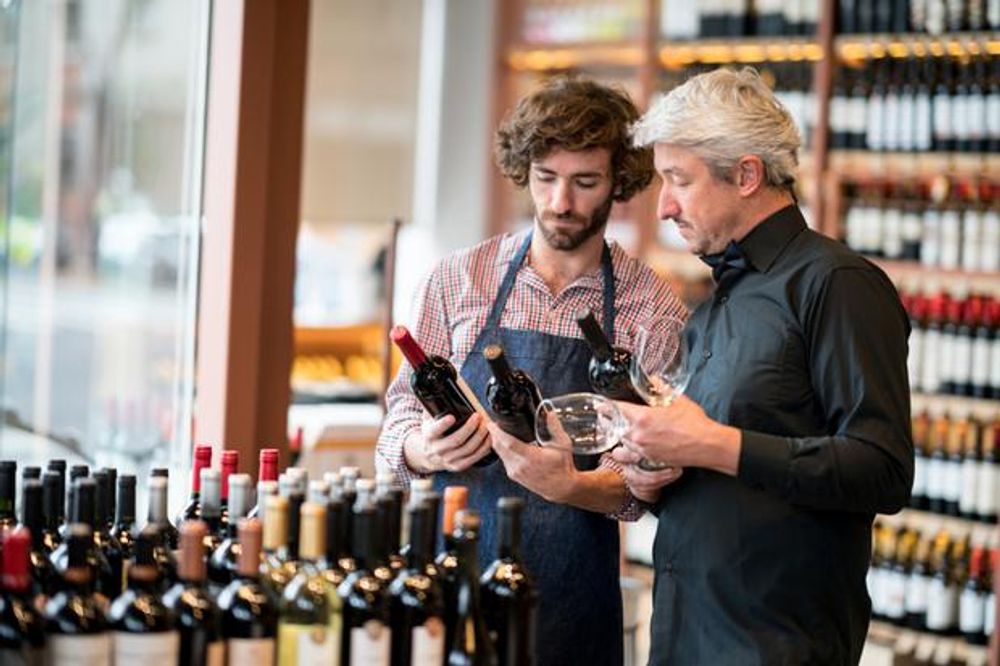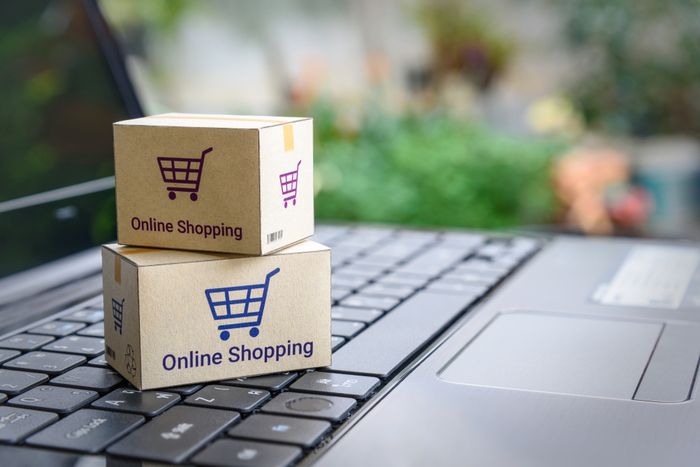Working out who your customer is will help you build on the success of e-commerce post- pandemic, says online retail consultant Simon Huntington, co-founder of Vintegrate Marketing.
“If you build it, they will come.”
For many years, if by “it”, you meant an ecommerce website, then they really did come. Whatever your industry, and whatever was happening in the wider retail world, online channels could be relied upon to post double digit year on year growth in active customers and sales.
In the pandemic this trend intensified. Stuck at home consumers switched most of their retail spend online and became used to the convenience of home delivery. Double digit growth became triple digit, and as the on-trade suffered, many merchants focused on the last channel standing. It almost didn’t matter who you were, or what you offered, if you were open and able to fulfil orders, business boomed.

During the pandemic it was a case of keeping up with demand for online wine sales, now it is all about how well you know your customers and how you can keep them engaged
Yet as we emerge from the pandemic into a world of inflation and a cost-of-living crisis, it is becoming apparent that online retail is no longer its own unique category. Online retail is just retail – and as it has matured, it has become subject to the same pressures on the consumer as traditional retail.
If even Amazon is posting a decline in sales this year, then simply building a direct-to-consumer website is no longer enough to ensure that “they will come”.
So, how do you continue to build on the success of e-commerce post-pandemic?
First, you must stop thinking of online retail as being something unique. Ecommerce isn’t a special new competitor to traditional offline retail – it’s now just an alternative. You might think of your customers as belonging to a particular category of online or offline, but to them, they’re just your customers, and you need to get to know them both in a similar way.
Getting to know your customers
When I worked in a traditional independent wine merchant, we spent a huge amount of time and energy getting to know the people who came into our store. We wanted to know who they were and what wines they got excited by. Whether they wanted to talk in depth about wine, or if they’d rather have a bitch about Spurs. Ideally, we would want to get to know them so well that a visit to the shop felt like they were dropping in to see a mate for a glass of wine.

We have to understand shoppers online in the same way we do when they are in a shop buying wine
Fifty years ago, business management guru Peter Drucker said that “the aim of marketing is to know and understand the customer so well that the product or service fits him or her and sells itself”.
We didn’t realise that what we were doing was marketing. We just understood that being able to get to know our customers was a crucial advantage that we had over our larger competitors. If we knew they liked Burgundy and would spend £50 on a bottle, then we wouldn’t waste our time (or theirs) pitching them an £8 Argentine Malbec.
Yet when it comes to selling to our customers using digital tools, we don’t seem to want to get to know them at all.
As soon as we start talking about building ecommerce sales, we want to move immediately to a discussion about tactics. Should we focus our budget on social media, or Google Ads? When’s the best time of day to send an email campaign? How often do we need to update our blog?
These are all valid questions, which will be much easier to answer if you’ve already spent time getting to know your customers. What are they interested in? What do they want to buy? Should you be sending them an email campaign about £50 Burgundy or £8 Argentine Malbec?
Taking time to understand your customer will require you to stop thinking of yourself as the most important person in your business. You’ll need to stop thinking about how to project your products and unique brand onto the customer and flip it 180 degrees. Who is your customer, and what is it about your products and unique brand that they will find interesting, or engaging, or useful?
So, how do you build on the success of e-commerce post-pandemic? The same way that retail sales have always been built. Work out what your customers want – and then give it to them.
- If you would like to discuss your e-commerce strategy and how to improve it you can contact Simon Huntington at Simon@vintegrate.co.uk and at his website Vintegrate Marketing.
- Simon Huntington is a Diploma-qualified digital marketer, with eight years’ experience of building and managing profitable, award-winning ecommerce websites. He is co-founder of Vintegrate Marketing, which exists to upskill the wine industry, building profit, profile and prestige via its integrated approach to marketing, brand building and e-commerce.










































